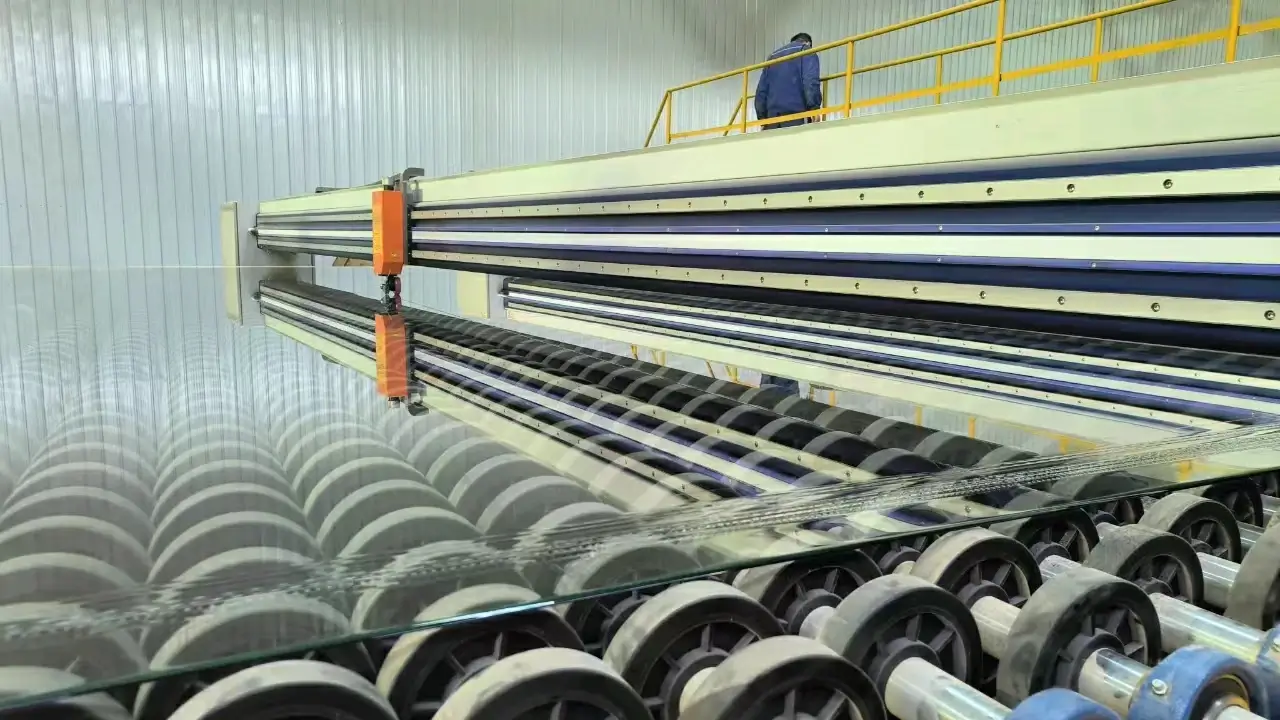

The Importance of Low Emittance Glass in Modern Applications
Low emittance glass, often referred to as low-e glass, has become a significant material in modern architecture and energy-efficient building design. This innovative glass plays a crucial role in enhancing thermal performance while allowing natural light to penetrate, making it a preferred choice in both residential and commercial structures.
At its core, low-e glass is coated with a thin layer of metallic oxides that reflect infrared energy while permitting visible light to pass through. This coating effectively reduces the amount of heat that enters or escapes a building, thereby improving energy efficiency. In colder months, low-e glass helps to retain indoor warmth, while in the summer, it minimizes the excessive heat gain, leading to a more balanced indoor climate. As a result, buildings equipped with low-e glass often achieve lower heating and cooling costs, contributing to significant energy savings over time.
One of the primary advantages of low emittance glass is its ability to enhance occupant comfort
. Traditional glass can lead to uncomfortable indoor conditions due to excessive heat gain or loss, causing reliance on HVAC systems that work harder and consume more energy. Low-e glass mitigates this issue by stabilizing indoor temperatures, creating a more pleasant living and working environment. Furthermore, reduced energy consumption translates into a decrease in greenhouse gas emissions, aligning with global sustainability goals.
In addition to energy efficiency benefits, low-e glass also contributes to improved aesthetics. The transparency and clarity of low-e glass allow for expansive views and abundant daylight, while the coating does not significantly alter the appearance of the glass. This balance between functionality and design makes it an ideal material for architects and builders who wish to create striking yet energy-conscious buildings. The possibility of incorporating low-e glass into various window designs, such as double or triple glazing, offers versatility and tailored solutions to meet specific project needs.
Furthermore, the application of low-e glass extends beyond buildings. It plays a vital role in the automotive and solar energy industries. For example, low-e coatings in car windows not only enhance comfort by reducing heat build-up but also protect interiors from UV damage. In solar energy systems, low-e glass is crucial for optimizing solar panel efficiency, reflecting unwanted heat while allowing maximum sunlight absorption. This broad applicability underscores the significance of low emittance glass in promoting energy efficiency across various sectors.
As awareness of environmental issues continues to rise, the demand for energy-efficient building materials like low-e glass is expected to grow. Governments and organizations worldwide are implementing stricter building codes and energy standards, further encouraging the adoption of such innovative materials. As a result, manufacturers are investing in research and development to improve low-e glass technologies, make them more cost-effective, and enhance their performance characteristics.
In conclusion, low emittance glass represents a vital advancement in building materials that contributes significantly to energy efficiency, occupant comfort, and aesthetic appeal. Its versatile applications in architecture, automotive design, and renewable energy systems showcase its essential role in sustainable development. As the industry evolves, continued innovation in low-e glass technology will undoubtedly pave the way for more sustainable living and working environments, highlighting the importance of this material in our quest for energy efficiency and environmental responsibility.